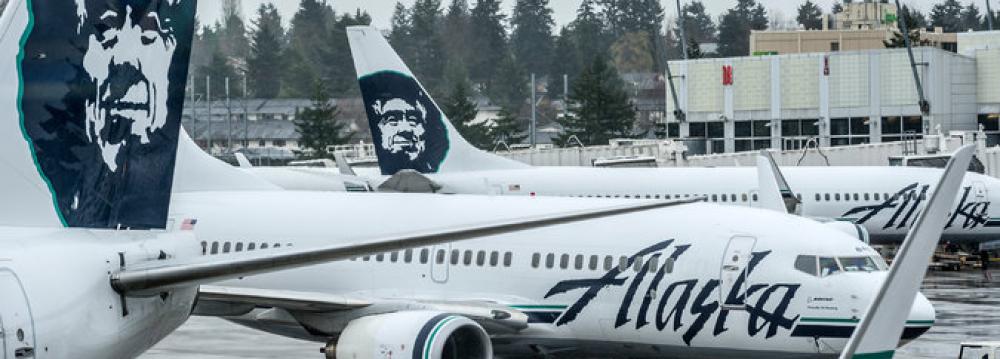Tehran and Paris signed a landmark tourism agreement on January 27, when President Hassan Rouhani visited the French capital, making it the first of its kind since the 1979 Islamic Revolution.
The specifics of the memorandum of understanding were kept under wraps by Iranian officials, until Masoud Soltanifar, the head of the Iran Cultural Heritage, Handicrafts and Tourism Organization, disclosed the details in an interview with ISNA on Sunday.
“The last such MoU was signed 38 years ago, and it wasn’t exactly an accord to broaden tourism cooperation between the two nations; it was a cultural agreement that touched on tourism,” Soltanifar said. “However, the present agreement specifically outlines measures to develop the [tourism] industry.”
The document covers four main objectives “the most important of which is facilitating investment” in Iran for French firms.
Education and Hotel Management
Iran’s ambition to become a global tourism hotspot is hampered by the lack of an efficient and modern hospitality industry. Many hotels are run by under-qualified managers and guests are served by untrained staff. But this could change soon.
“The French have agreed to help train hotel managers and staff in an effort to improve service quality,” Soltanifar said, adding that those who work at historical and cultural sites will also get training from qualified French educators.
“With about 85 million annual tourists, France is the most visited country in the world and one of the top earning industries. We’re certain that Iran will benefit from this agreement.”
Private Enterprise Investment
Underdeveloped infrastructure is another obstacle that is holding Iran tourism back, and Soltanifar believes the MoU with the French will help address the problem to some extent.
Attracting foreign investment is key to developing infrastructure, “which is why it is explicitly mentioned in the document,” the top tourist official said.
Referring to the 18-member delegation of French investors who visited Tehran in October, he said the group expressed interest in financing tourism projects. Michel Durrieu, the head of the Tourism Unit at France’s Ministry of Foreign Affairs and International Development, who led the delegation, said at the time that his foreign minister, Laurent Fabius, has made development of tourism ties with Iran a priority.
“Due to the economic sanctions, we couldn’t do business with them at the time, but things are different now,” Soltanifar said, referring to the recent lifting of the international sanctions following a nuclear agreement with the six world powers.
He said a company that specializes in winter holidays is planning to expand its business to Iran and invest in ski resorts.
Bilateral Tourism Flow
Promotion of tourism between the two sides is another goal of the agreement, which Soltanifar believes is within reach thanks to the mutual interest among the two peoples.
Iran hosted 8,000 and 13,000 French tourists in the each of the past two years respectively, which show an improvement, despite being relatively low.
“By the end of the fiscal year (March 19), we expect to have hosted 18,000 French travelers,” the official said, adding that the goal is to attract 200,000 French holidaymakers a year by 2025.
French media and travel agencies have been promoting Iranian tourism since last October, using words such as “Francophile”, “mythical” and “refined” to describe the country.
Information Offices
The fourth objective of the agreement allows Tehran to set up two tourist information offices in France in an effort to promote Iran to both potential travelers and businesspeople.
In 2015 Iran opened nine offices in Spain, Italy, Switzerland, Japan, China (2 offices), Singapore, Malaysia, and Oman, all of which are believed to be among the 40 foreign markets targeted by the ICHHTO.
Soltanifar said the deal is valid for three years with an option to extend.


